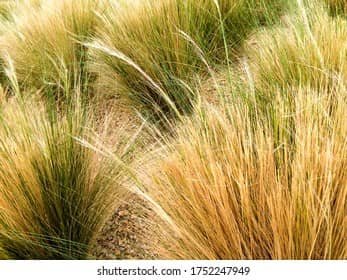
Measurement of Drought Resistance in Plants
Various procedures are used for measuring drought resistance in crop plants. The most commonly used techniques include:
- Leaf water retention
- Photosynthesis
- Yield performance
- Root lengths of seedlings
These techniques can be used for large scale screening of segregating populations in a breeding programme.
1. Leaf Water Retention
In this method, leaves are excited from the plant and are allowed to dry. The slower drying genotypes are considered drought tolerant. In other words, the high water retainer genotypes are considered drought tolerant. The cut leaf method was used in wheat, barley and oats.
In wheat, two varieties Pelissier and Pitic 62, were significantly better water retainers when leaves were excised from three-week-old plants. These two varieties are highly resistant to drought. Some investigators use tissue water potential as an index of water stress under drought conditions. The tissue water potential is measured with the help of a thermocouple psychrometer. The portable field psychrometer is widely used for measuring drought resistance in segregating populations.
2. Rate of Photosynthesis
The rate of photosynthesis during and after moisture stress is an essential index of drought resistance. Pitic 62 (a drought-resistant variety) exhibited a high photosynthetic rate under drought conditions in several tests in wheat. Now portable non-destructive photosynthesis analyzers are available, which can be used in the fields for large scale screening of germplasm and segregating populations in standing crops.
The genotypes with a high photosynthetic rate under moisture stress are considered drought-resistant because such genotypes give a higher yield than those with a low photosynthetic rate. A simple portable photosynthesis analyzer made it possible to measure the photosynthesis of many plants within a short time. Now photosynthesis is used as a criterion to select for drought resistance.
3. Yield Performance
Superior yield performance under moisture stress conditions is an essential and reliable index of drought tolerance. The yield tests should be conducted in drought-prone areas at several locations or for several years. These will help identify genotypes with drought resistance and in the elimination of drought susceptible lines. The yield test should be conducted under both fields as well as glasshouse conditions. Moreover, a large number of populations should be grown. This will enhance the chances of obtaining a superior drought-resistant genotype.
4. Root Length of Seedlings
The root length during the seedling stage is also used as a measure of drought resistance. For example, in wheat, during root length of 5-7 days old seedlings grown in the sand was related to root mass at maturity.
A more recent study observed that root mass after 30 days was a reliable index of root mass at maturity. Thus those genotypes which have the longest root during seedlings stage also exhibit extensive root system at maturity. This is a quick and straightforward method of ‘measuring drought resistance in each crop season.
Moreover, after screening, superior plants can be replanted and grown to maturity. Some workers use a hydroponics tank to measure the root growth of seedlings. (Sullivan and Rose, 1977).
In rice, the force required to pull out the seedlings from paddy soil is used to measure drought tolerance. The force required is correlated with root weight, branching and number. This technique may be used for large scale screening of rice populations for drought resistance (0 Toole and Soemartono, 1981).
